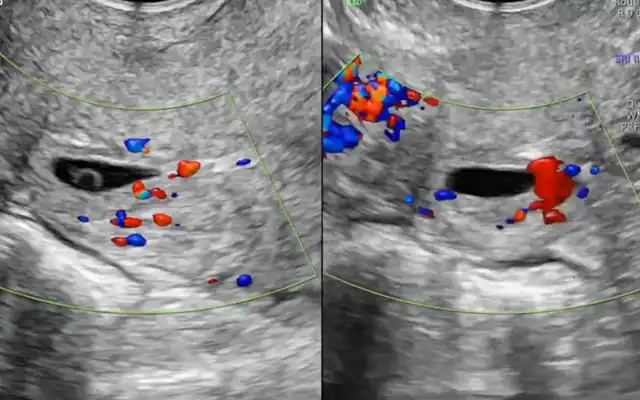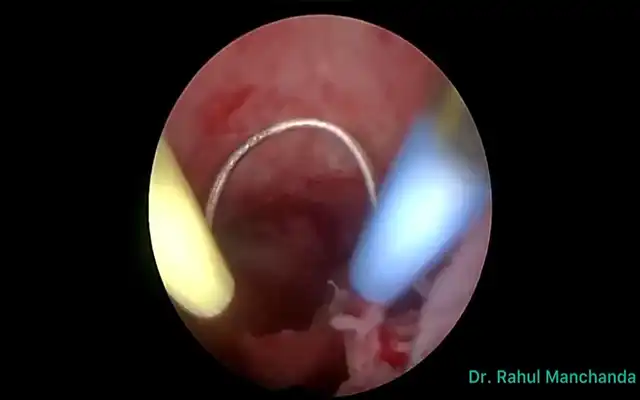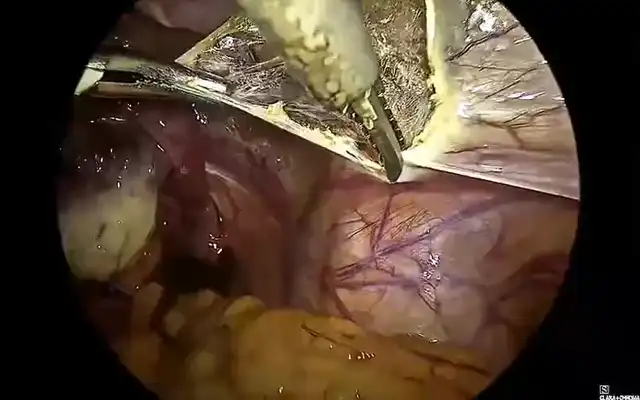Authors / metadata
DOI: 10.36205/trocar6.vid25010
Abstract
Objective: To present a standardized and reproducible laparoscopic technique for bowel resection and intracorporeal anastomosis in the surgical management of deep infiltrating endometriosis (DE) with rectosigmoid involvement, incorporating natural orifice specimen extraction (vNOSE) as a minimally invasive strategy to reduce morbidity.
Description of the Technique: This step-by-step video demonstrates the complete surgical approach to laparoscopic segmental bowel resection and intracorporeal anastomosis in a patient with rectosigmoid endometriosis. The procedure begins with a systematic pelvic assessment, guided by preoperative MRI findings. Dissection of the posterior pelvic compartment is performed via a medial-to-lateral approach, preserving adjacent structures. The rectovaginal space is carefully dissected while maintaining the integrity of the rectal and vaginal walls. A colpotomy is performed and used for transvaginal specimen extraction. Segmental bowel resection is indicated due to transmural infiltration and luminal compromise. The mesocolon is ligated close to the bowel wall to avoid vascular or neural injury (1). The distal margin is transected with a linear stapler; the proximal bowel is resected using ultrasonic energy, and the specimen is extracted via the vaginal route. An intracorporeal anastomosis is performed using a circular stapler. The anvil is introduced transvaginally, secured using the “flying saucer” and barbed tobacco-pouch technique. The stapler is inserted transanal, ensuring proper alignment, and the anastomosis is completed under direct visualization. Anastomotic integrity is confirmed with pneumatic testing and serosal reinforcement. The colpotomy is closed using absorbable sutures (2,3).
Video
Conclusion
This standardized laparoscopic technique offers a safe, efficient, and reproducible approach to bowel resection and anastomosis in the setting of DIE with rectosigmoid involvement (4). The use of natural orifice specimen extraction and total intracorporeal anastomosis minimizes surgical trauma and may reduce postoperative bowel and bladder dysfunction, optimizing patient outcomes (5).



